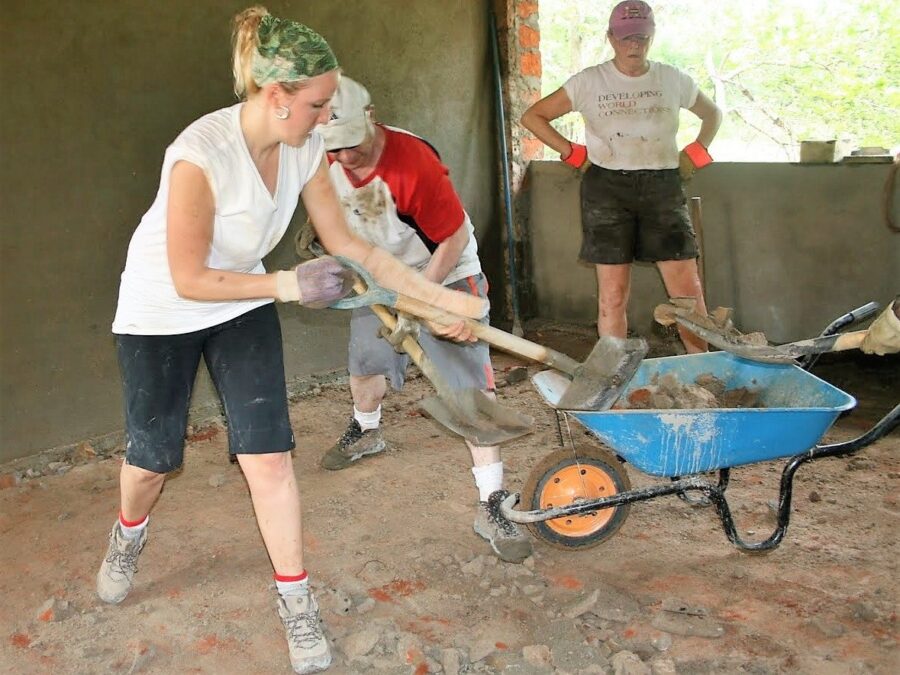
Hand Up For EducationRefurbishing a remote school building
This DWC volunteer project will focus on a school in the Sabaragamuwa province. This remote area of the nation, has little, if any, support to address its unique and specific education challenges.
All levels of classes are usually conducted in the same building. While buildings are often solid, different activities can be partitioned by cardboard. Quality drinking water is not always available, and unsanitary restrooms are shared by all. By contributing to school infrastructure, you create opportunities for leaning and capacity for more students to continue higher level studies at their local school will prevent early age drop-outs.
In Sri Lanka
- Of Sri Lanka’s population of 19.3 million, 80% reside in rural areas. Currently, the incidence of poverty stands at more than 50%, having increased substantially due to the country’s unending economic crisis.
- Kegalle, the town, has an agricultural-based economy and is the capital of the district. It sits about 78 km east of Colombo and 40 km west of Kandy.
What to ExpectA Typical Workday in Sri Lanka
DWC has sent numerous teams to volunteer Sri Lanka over the years and continues to work on projects to make life better for residents there. In late 2004, after a massive tsunami pummeled 14 countries and killed more than 230,000 people, a team was on the ground in Tangalle, Sri Lanka, to start rebuilding homes, lives and hope. Keep up the tradition and volunteer in Sri Lanka to help those that need it.
Sri Lanka was the first country that DWC ever sent teams to and that is why it has always been a location that’s special to the organization.
Volunteers in Sri Lanka have built homes for people who have with next to nothing and made improvements to schools (and played with the kids while they were at it) and other community facilities. They have made an impact in the lives of people struggling just to put food on the table and children who need an education to open doors for their futures.


It's Not All WorkHike the Ancient Rock Fortress
Sigiriya is one of Sri Lanka’s seven UNESCO World Heritage Sites, this rock-top fortress dates back to the fifth century AD. Perched on a slab of rock that juts dramatically over the forests of central Sri Lanka. The experience is more spiritual than militant: in its time, it has acted as a royal palace and a Buddhist monastery.
Galle is a jewel and another Sri Lanka Unesco World Heritage Site, this historic city is a delight to explore on foot, an endlessly exotic old trading port blessed with imposing Dutch-colonial buildings, ancient mosques and churches, grand mansions and museums. Wandering its rambling lanes, you’ll pass stylish cafes, quirky boutiques and impeccably restored hotels owned by local and foreign artists, writers, photographers and designers.
Trip Details

Travel Light Offset Your Carbon Footprint
Carbon offsets are used to compensate for the greenhouse gasses that we create through certain activities, such as flying. For every tonne of carbon released into the atmosphere, an ‘offset’ is a carefully designed project that absorbs or stores the equivalent CO2 emissions. You can choose to offset your own flight, your whole family’s, or do this as a gift for a friend.
Offset Your Carbon Footprint
